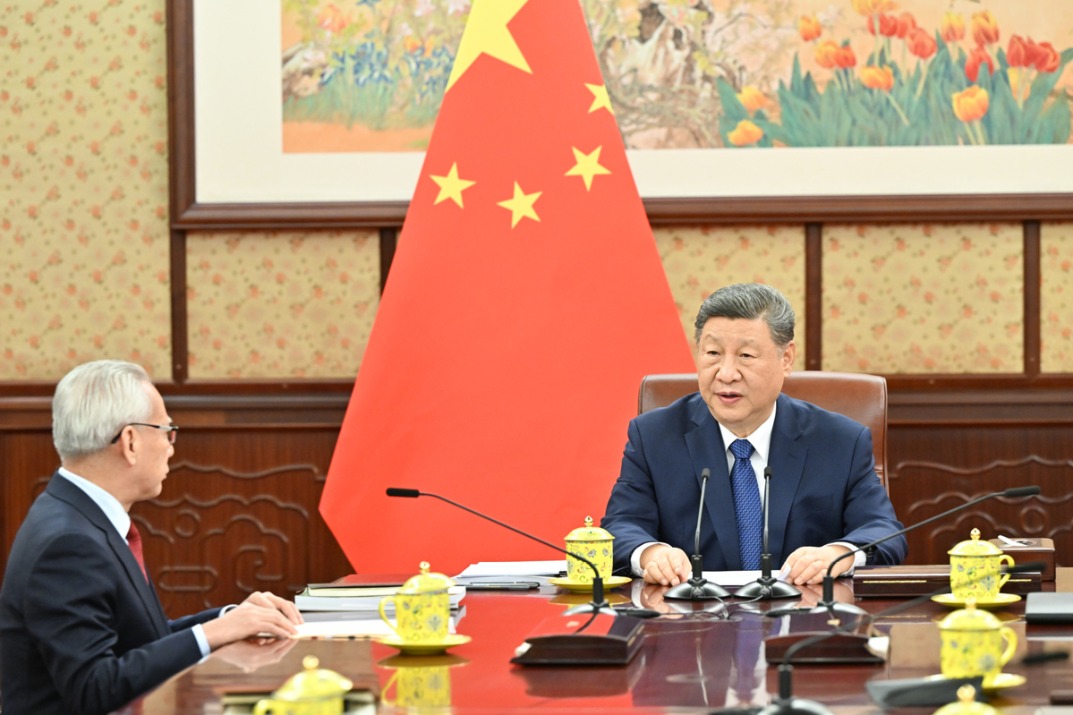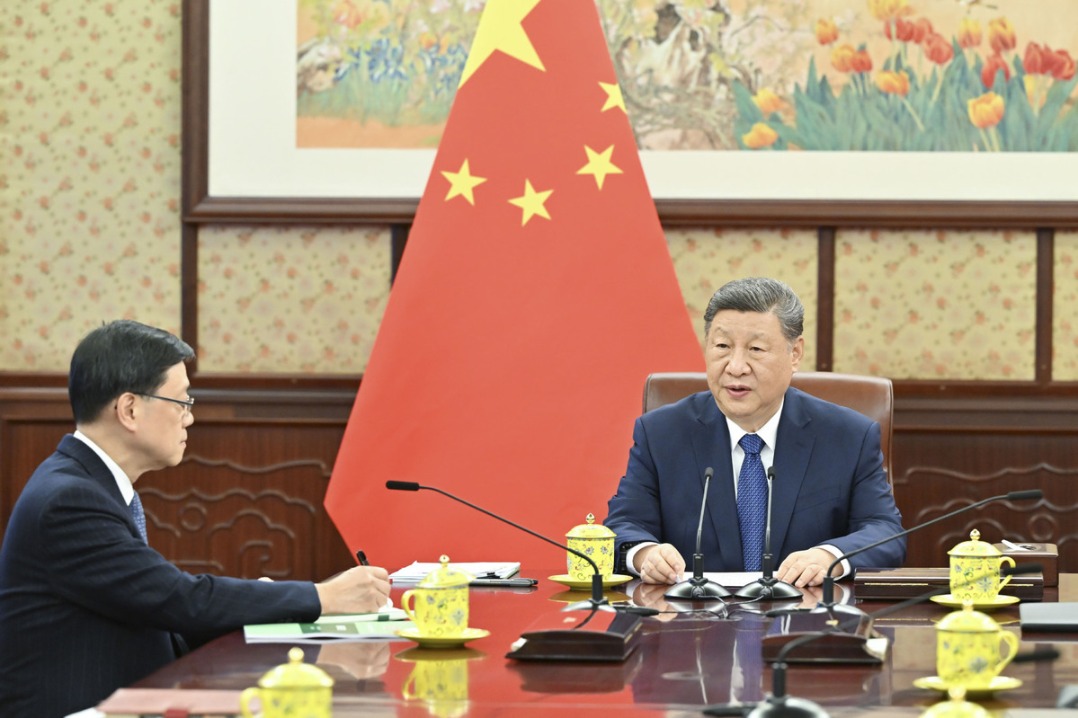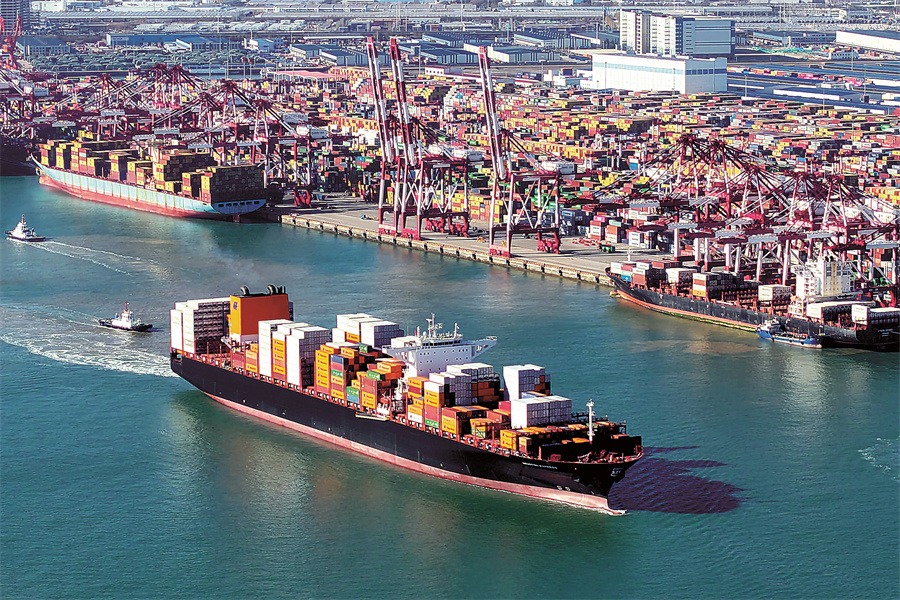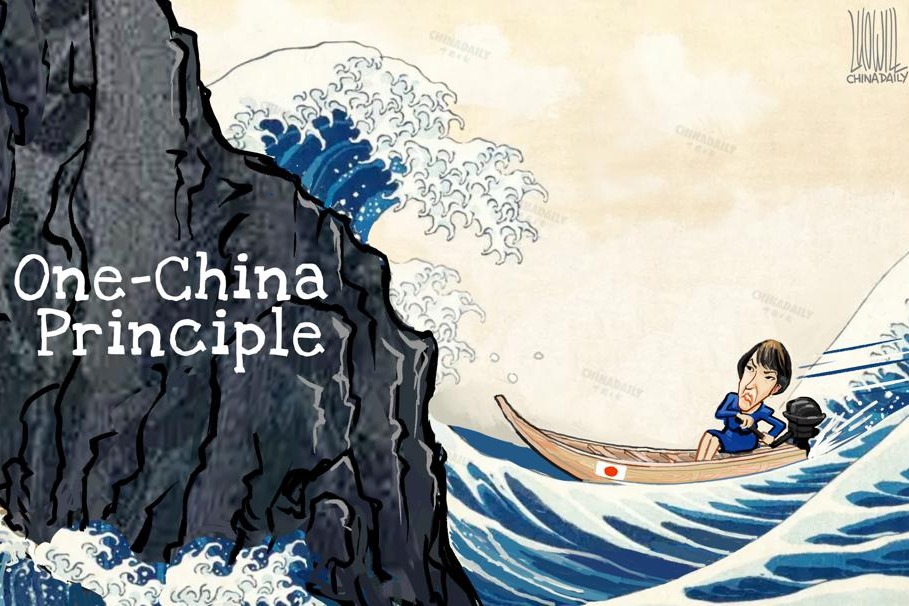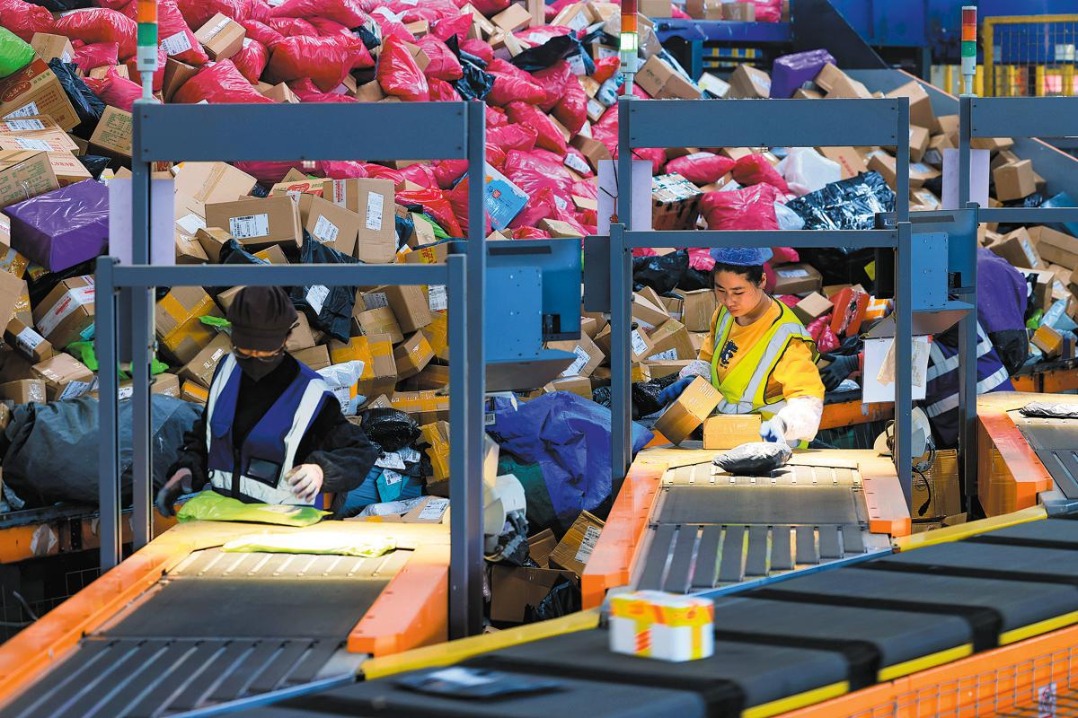China's International Development Cooperation in the New Era

1. Poverty Reduction
Eliminating poverty is the common aspiration of all peoples and a shared mission of the international community. The primary goal of the 2030 Agenda is to "end poverty in all its forms everywhere". China has been helping other developing countries to reduce poverty and improve people's lives, by providing assistance in the construction of rural public facilities, sharing experience in agricultural governance, and offering technology transfer.
-Implementing poverty reduction pilot projects. China has been assisting other developing countries in alleviating poverty. In Laos, Myanmar and Cambodia, China has launched pilot projects to promote its experience in village-by-village poverty reduction, improving local villages' organizational ability, encouraging farmers to combine their efforts in agricultural activities, and cultivating a new vision for development to shake off poverty.
China has organized training programs and co-hosted seminars with the United Nations Industrial Development Organization, to share ideas and actions in targeted poverty alleviation with other developing countries.
-Raising rural incomes. China has been assisting some countries in improving their rural living environment and meeting local needs in transport, work and life. For example, it helped Mauritania to build a highway in its Hope Delta to support local agriculture and animal husbandry.
China has also provided training in handicrafts based on local conditions. In Fiji, Papua New Guinea, Lesotho, Rwanda and the Central African Republic, China launched pilot projects on Juncao planting techniques, to help rural households to increase their incomes. In Liberia and Ethiopia, China imparted bamboo weaving techniques, encouraging farmers to tap local bamboo resources and start furniture businesses as a new source of income.
-Protecting special groups. Special groups are the most deserving recipients of poverty alleviation. China has been supporting other developing countries in formulating policies concerning people with disabilities, improving rehabilitation services for them, and enabling them to share the fruits of social development.
In Mongolia, Ecuador and Libya, China organized training programs on health care policies and rehabilitation services for special groups, which improved these countries' capacity to alleviate poverty and provide better health care services for such groups. In Samoa, China helped set up a training center for people with disabilities, with the number of trainees rising from 150 to over 400, providing them with opportunities for basic education and skills training.
2. Food Security
Agriculture is the foundation of economic growth and social stability. China assists other developing countries to leverage their own strengths to accelerate agricultural progress and ensure food self-sufficiency and food security.
-Improving agro-productivity. By the end of 2019, China had dispatched 81 agro-technology teams composed of 808 experts to 37 Asian and African countries; China had assisted African countries in setting up 22 agro-technology pilot centers to promote high-yield crop varieties, helping farmers increase productivity and boost their confidence in development.
In Georgia, Chinese experts on plastic greenhouse vegetable cultivation rolled out solar greenhouse planting techniques among farmers, which increased vegetable yields and ensured self-sufficiency. In Kyrgyzstan and Chad, China launched assistance projects to upgrade their irrigation systems, and offered agricultural machinery and supplies to ease local shortages.
In Laos, Pakistan, Ethiopia, Kenya and Uganda, China provided timely aid during locust plagues to help restore agricultural production. In Cambodia, China offered assistance in modern agricultural planning, and supported the Stung Chikreng water resources development project, ensuring an 80 percent water supply rate for irrigation and replacing single cropping with double cropping in rice production.
-Cultivating agricultural research and technical personnel. Agricultural upgrading requires a talent pool. China has helped to build platforms to train rural technical personnel, including an agricultural school in Kratie, Cambodia, a Sino-Africa Joint Research Centre for scientific cooperation in agriculture with African countries, and a number of agro-technical cooperation programs in Antigua and Barbuda, Dominica, and Grenada.
China has sent agricultural specialists overseas to offer technical training programs on raising rice yields in Côte d'Ivoire, upgrading aquaculture in Zanzibar, Tanzania, and improving coffee varieties and processing methods in East Timor. To provide technological support and services for agricultural development in Africa, China initiated a "10+10" cooperation mechanism between Chinese and African agricultural research institutes for the joint development of new crop varieties, technologies, and equipment suited to the African continent.
-Developing agro-industrial chains. China attaches great importance to offering assistance in post-agricultural production. It helped build a pig and cattle slaughterhouse in Cuba, an agro-product preliminary processing center in Cape Verde, a corn flour production plant in Zambia, and grain processing and storage facilities in East Timor, to improve their capacity to process and store agro-products, reduce post-production waste, and increase the added value of agro-products and farmers' income.
In Tonga and Samoa, China promoted biogas technology and pig-biogas-vegetable circular agro-technology, and used agro-technology pilot centers to demonstrate how to develop a full industrial chain from production, storage, processing to marketing, share comprehensive agro-management experience, and support circular agriculture and sustainable production. In response to initiatives and campaigns by the UN Food and Agriculture Organization (FAO), China has helped some countries to improve their food security.
3. Health Care
China always puts the people first and prioritizes the protection of lives. It has been supporting other developing countries in building their public health systems, improving their medical and health care services, and protecting people's lives and health.
-Building public health systems. To help Africa improve its public health system and build the headquarters of the Africa Centres for Disease Control and Prevention (Africa CDC), China dispatched health experts to support its emergency command, epidemiological analysis, and disease control during a number of epidemics.
In tackling infectious diseases such as malaria and schistosomiasis, China assisted Africa in carrying out a raft of disease control and health improvement programs. In Zanzibar, Tanzania, China provided technical assistance in schistosomiasis control and helped design prevention and treatment protocols, which lowered the local infection rate. In the Comoros, China assisted its malaria elimination program with an Artemisinin-based combination therapy, which ensured zero deaths and reduced the morbidity rate by 98 percent.
-Improving basic medical service capacity. In the Republic of the Congo, Rwanda, Zimbabwe, Cambodia and Kyrgyzstan, China provided aid to more than 50 medical infrastructure projects, playing an important role in protecting public health and training medical professionals. China offered medicines, equipment and consumables to other countries to ease their shortages of medical supplies.
China launched paired cooperation with medical institutions in over 20 countries, helping them to set up specialized hospital departments or improve the performance of existing departments. China assisted Trinidad and Tobago in establishing its own microneurosurgery and endoscopic neurosurgery departments. The Chinese medical team in Dominica introduced minimally invasive surgery to the country. Through such efforts, China has brought advanced treatment concepts and filled many medical technology gaps in the Caribbean region.
-Strengthening human resources for medical services. From 2015 to 2019, China dispatched 3,588 medical workers overseas in 202 groups, who provided treatment to 11 million patients, organized professional training for local medical staff, offered free mobile clinic services, and donated medicines and equipment; more than 1,500 of these Chinese medical workers were awarded presidential medals or other honors by the recipient countries, while one of them died on duty.
China has also sent short-term medical specialist teams overseas for particular diseases. In 25 countries, including Botswana, Eritrea, Morocco, Ghana, the Bahamas, Maldives, and Antigua and Barbuda, China launched 42 sight recovery activities under the Brightness Action program, providing 9,752 cataract surgeries. In Ghana and Tanzania, China carried out 170 heart surgeries under the Heart to Heart program.
















